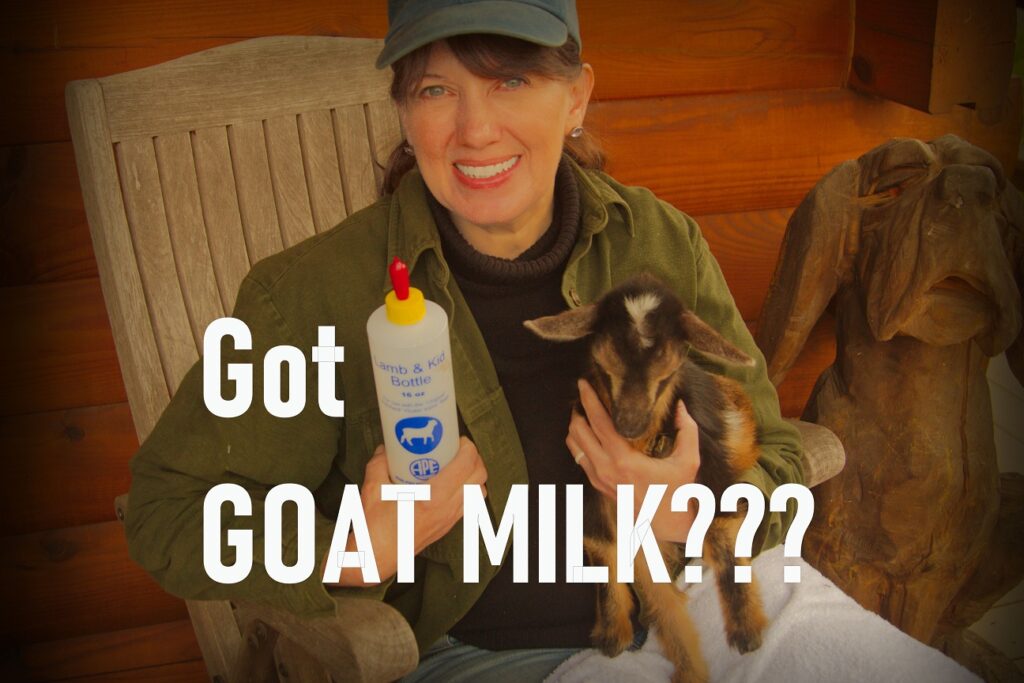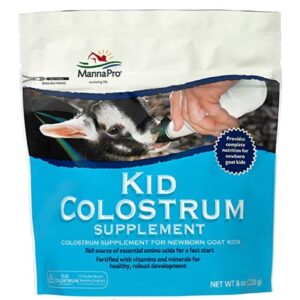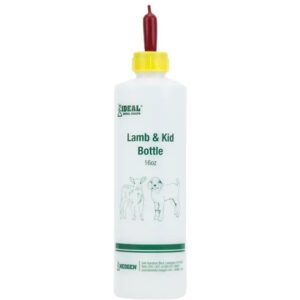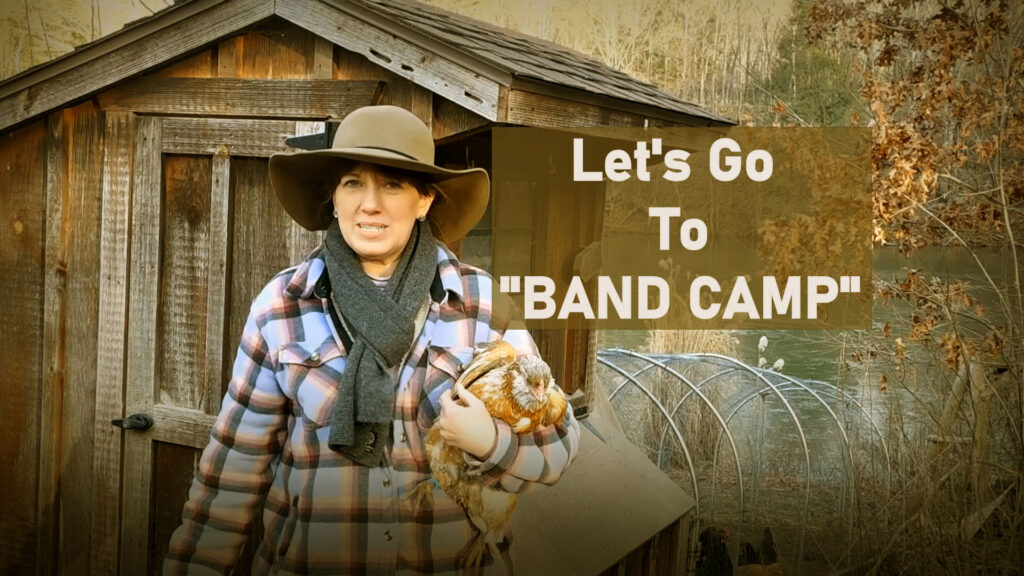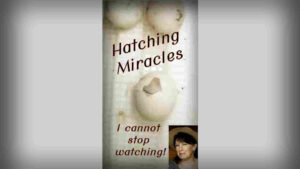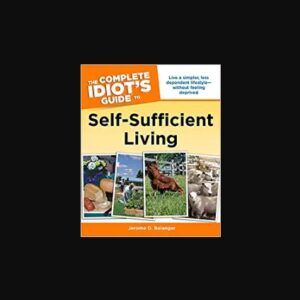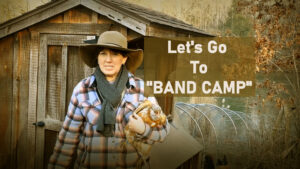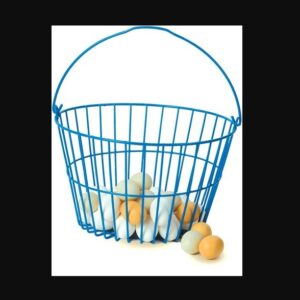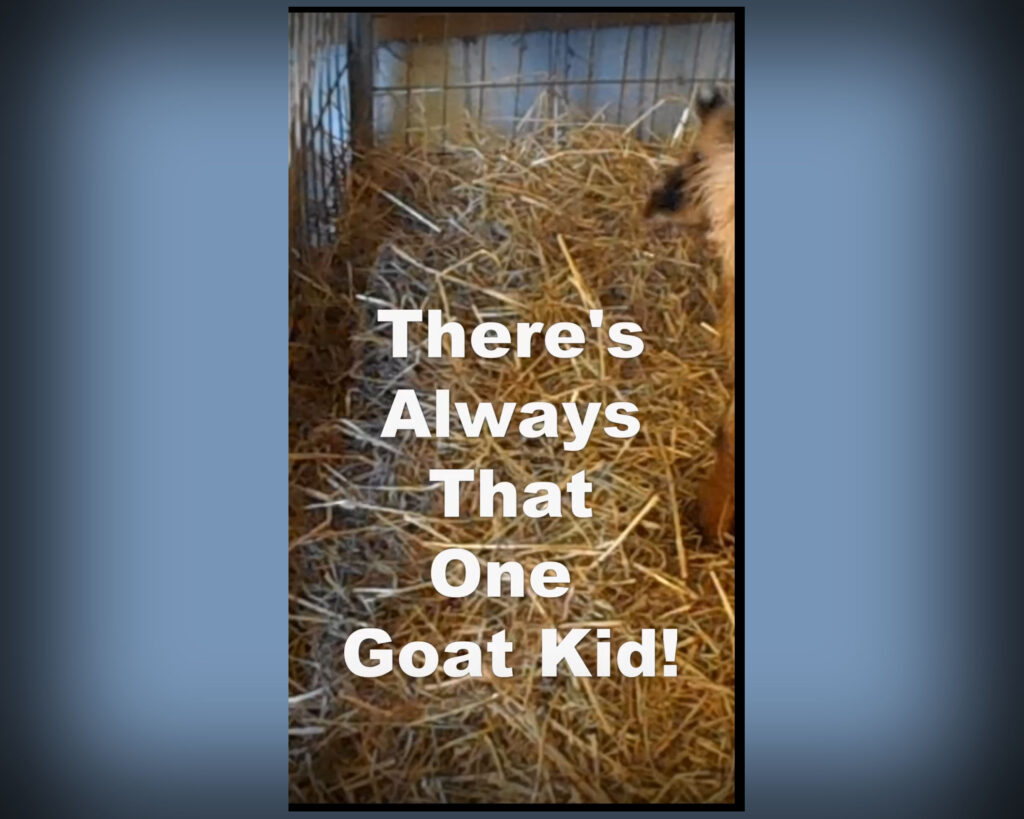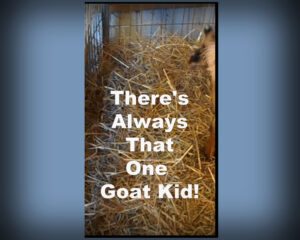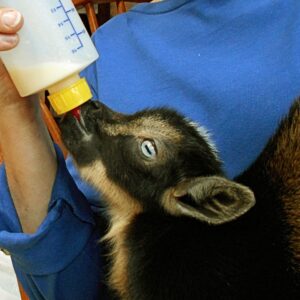Bottle Feeding Kid Goats – How We Use Milk Replacer to Feed Our Baby Kid Goats at Our Homestead
Bottle Feeding Kid Goats – How We Use Milk Replacer to Feed Our Baby Kid Goats at Our Homestead
Last Updated: August 13, 2023
Disclaimer: Pioneer Mountain Homestead videos are for entertainment purposes only. Always do your own research and stay safe!

Understanding when, why, and how to bottle feed milk replacer to your kid goats helps them to get off to a good start in life. Understanding the internal changes that are occurring to your kid goat as you feed them helps you to be a good goat farmer.
At our homestead, we’ve been raising goats for 17 years and have had many different situations to deal with. While we are always learning, we also like to share and hear from others about raising goats and homesteading.
In this video I will be talking about some of the physical changes that occur with the goat kid as they are bottle fed. The biggest change has to do with the goat’s four stomachs – the rumen, reticulum, omasum, and abomasum (the true stomach). You will learn why milk is only suitable for the one stomach and why hay needs to be introduced to add bacteria to the kid’s gut in order to start it functioning properly as it grows and as the roles of the stomachs change. Find out why kids shiver after eating, proper milk temperature, how we wean the goats, and more.
Hope you enjoy the video and we would love to hear from you. Do you raise goats? Do you homestead? What other activities do you do at your homestead?
We have a blog about bottle feeding goats. Click HERE to get more information.
Make it a Great Day!
Products Related to this Video:
Lamb and Kid bottle: https://www.pioneermountainhomestead.com/lamb-and-kid-bottle/
Pritchard Nipples: https://www.pioneermountainhomestead.com/pritchard-bottle-nipples/
Sav A Caf Ultra 24 Milk Replacer (recommended): https://www.pioneermountainhomestead.com/milk-replacer-for-multi-species/
Manna Pro Kid Colostrum Supplement (recommended): https://www.pioneermountainhomestead.com/kid-colostrum-supplement/
Manna Pro Kid Milk (recommended): https://www.pioneermountainhomestead.com/manna-pro-kid-goat-milk/
The Goat Mineral we use: https://www.pioneermountainhomestead.com/manna-pro-goat-mineral/
#pioneermountainhomestead #pmhomestead #raystown #pennsylvania #raystownfarm #homesteader #homestead #goats #kids #kidgoats #bottlefeeding #bottlefeedingkidgoats #bottlefeedingkids #bottlekids #goatkids #goatkid #milkreplacer #milkpowder #colostrum #pritchardnipples #pritchard #bottlebabies #homesteading
Other platforms to view the video:
Other products or information you may be interested in:
Disclosure of Material Connection: Some of the links in this page or post may be “affiliate links”. This means that if you click on the link, Pioneer Mountain Homestead, LLC may receive an affiliate commission at no direct cost to you. Pioneer Mountain Homestead, LLC only recommends products or services that the owners, managers, or employees of Pioneer Mountain Homestead, LLC use or believe will add value to the readers of this website. This disclosure is made with the Federal Trade Commission’s 16 CFR, Part 255: “Guides Concerning the Use of Endorsements and Testimonials in Advertising.”
